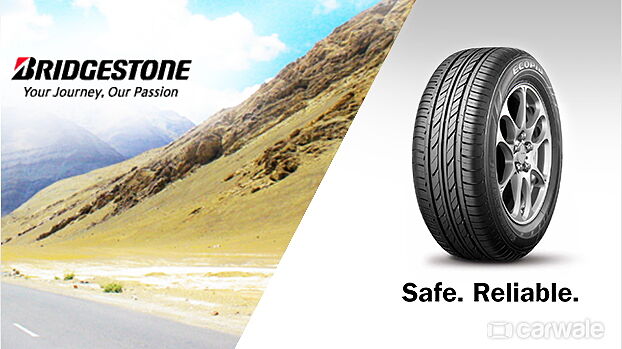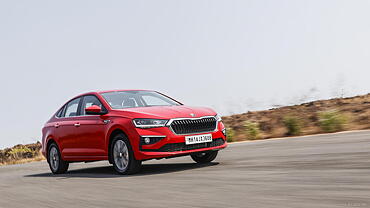
Content
The monsoons in India are demanding. It might catch you unaware many a time and if you are not prepared, you are in for a trial by water. Reduced road-grip, aquaplaning or sometimes even water logging can stand in your way. As the road condition worsens, the car tyres have to work harder looking for grip while coping with the added stress.
The best way to tackle the monsoons, then, is to be prepared – prepared as a car, prepared as a driver.
Are your tyres ready?
The most vital part in this preparation is the tyres. You need to ensure the tyres are good enough to tackle the challenges of the rain. The two most important factors determining the capability of a tyre are the condition of the tread and the age of the rubber.
To gauge the condition of the tread, the ideal way is to measure the tread depth across grooves. The depth of the grooves should ideally be uniform across the tread of a tyre. Also, the grooves need to be at least 2mm deep. If the tyre tread is unable to disperse the surface water through the grooves, the tyre will lose traction leading to aquaplaning and loss of car control.
Also, if your car is not equipped with ABS (Antilock braking System), all four tyres of your car should be in a similar condition so that brake force is distributed evenly through all four wheels. This will help you to avoid wheel lock up under braking.
Age of the car tyres also plays an important role. In spite of having a visibly good tread, the ability of the tyre to grip road surface gets compromised with age. One indicator to identify ageing rubber is the tread cracks. An older tyre will have a number of surface cracks. Also look out for cuts or bubbles on the side walls. They reduce the strength of the tyre and may result in failure.
If your car tyres are old or unevenly worn out, it is recommended to go for a new set of tyres. It is also recommended to change all tyres, including the spare wheel.
Are you ready for monsoon?
Rains affect traction as well as visibility. So, as a driver, you need to adjust your driving habits to keep yourself out of sticky situations. Here are a few dos and don’ts.
1. It is always good to keep your speed in check. Wet roads increase braking distance and it is always good to have a safe margin.
2. Keep safe distance from the car ahead of you. This little extra margin will prevent mishaps.
3. Use indicators well before turning or switching lanes. It will help the car behind you to stay away from you.
4. In case of braking, brake early and gradually. If you do not have ABS to back you up, going easy on the brakes will keep you from locking up.
5. Avoid water logged patches. You may not be able to gauge how deep they are or if there is a manhole cover missing somewhere.
6. If it is raining heavily, it is advisable to switch your headlamps on than turning on the hazard lights right away.
7. Keep your windshield water fluid topped up. The muddy sprays and grime will hamper your visibility.
More tips from Bridgestone
For more tips on tyre care and safe driving, please visit www.bridgestone.co.in.































